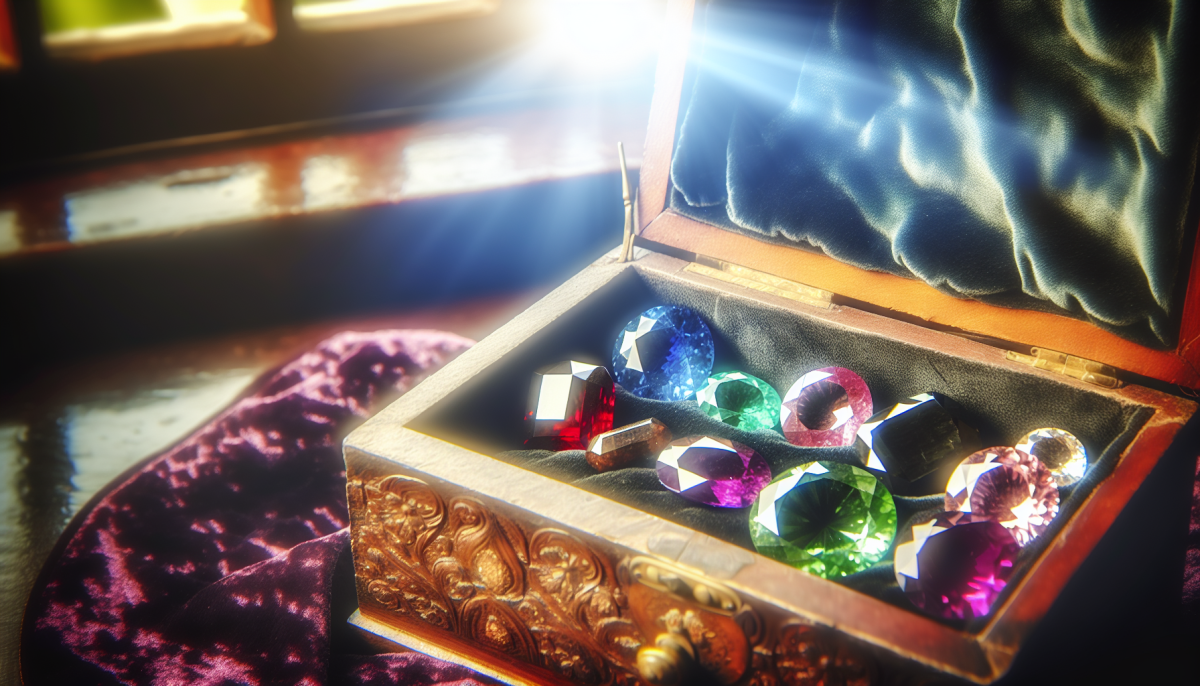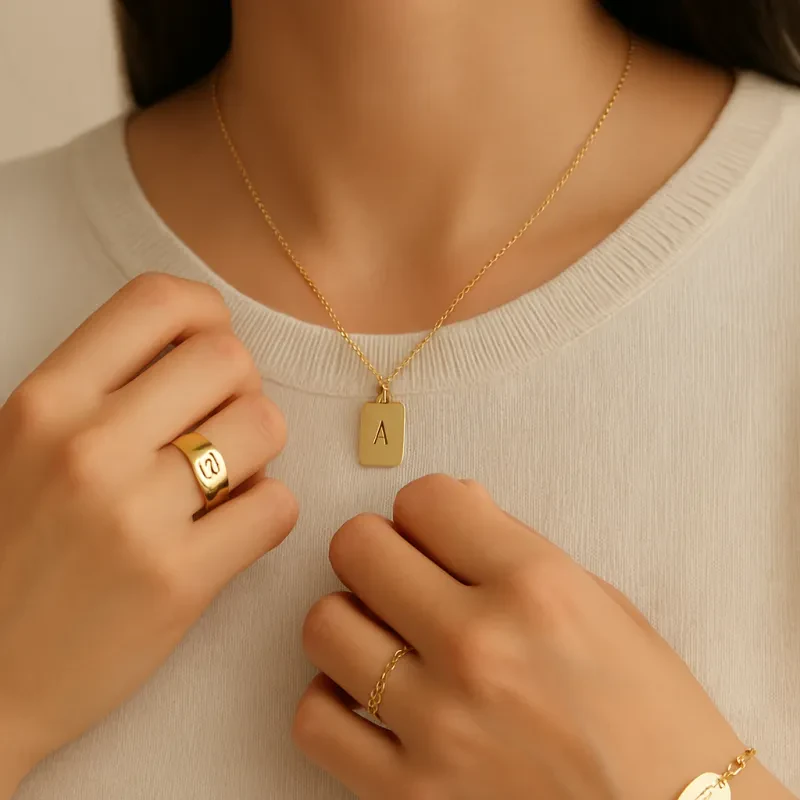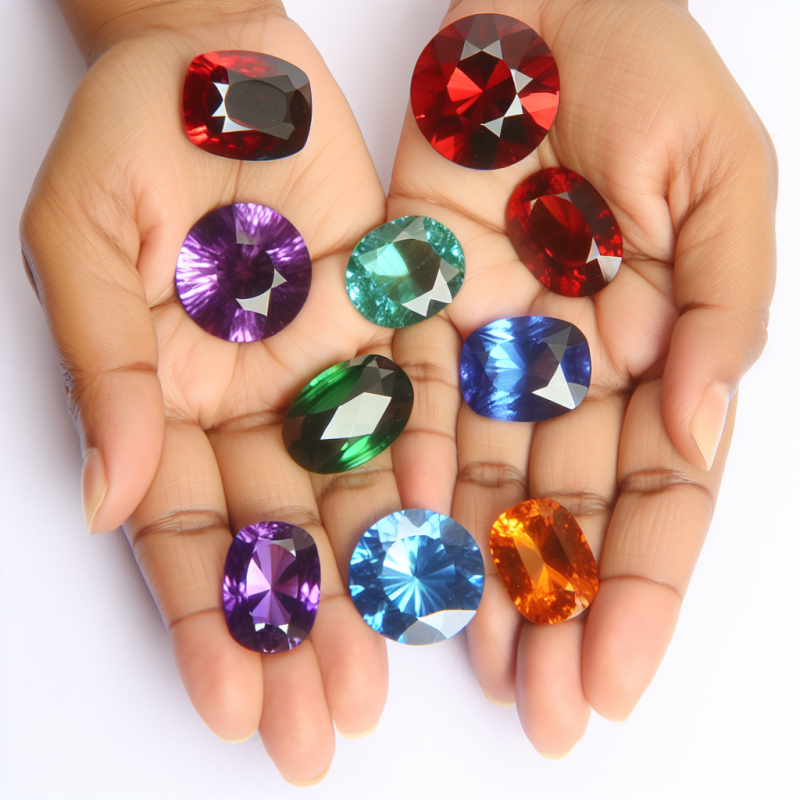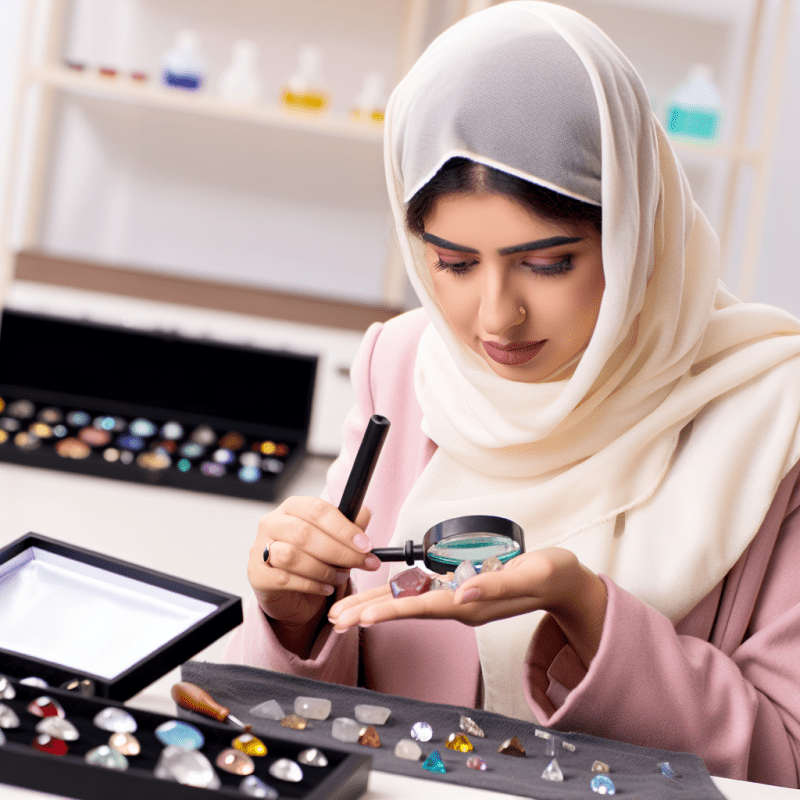Are you ready to dive into the beautiful world of gemstones? There’s something truly special about exploring rare and unique gems that can add a personal touch to your jewelry collection or even your home decor. Each stone has its own story, history, and charm, making them much more than just pretty accessories.
When searching for unique gemstones, consider looking beyond the usual suspects like diamonds and emeralds. Have you heard of opals? They are known for their mesmerizing play of color, and no two stones are exactly alike. Or how about tourmaline? This gem comes in a rainbow of vibrant shades and is said to promote balance and positivity. Plus, they make stunning statement pieces!
Another gem worth your attention is the luscious alexandrite, famous for its color-changing properties. Imagine a ring that shifts from green in daylight to a gorgeous reddish-purple at night! It’s perfect for anyone who loves a bit of surprise in their jewelry. And don't forget about the enchanting moonstone, which has a soft glow reminiscent of the moon itself. It’s like wearing a piece of magic on your finger.
When choosing a unique gemstone, think about what speaks to you. Are you drawn to colors, patterns, or even specific meanings? Each gem carries its own set of beliefs and energies. So take your time, explore different options, and find the one that resonates with you the most. Happy gem hunting!
Explore Origins of Rare Stones
When it comes to rare stones, each one tells a fascinating story of its origin. From rugged mountains to deep ocean beds, these gems are often formed under unique conditions that make them incredibly special. Understanding where they come from can give you a deeper appreciation for their beauty and significance.
Take, for example, Paraíba tourmaline. This stunning gemstone hails from the remote Paraíba state in Brazil. It's known for its vibrant blue to green hues, which are caused by copper traces during its formation. Only a handful of locations can produce stones like this, making each one a treasure.
Then there's the rare Alexandrite, which shifts color from green in daylight to red under incandescent light. This stunning effect comes from its origins in Russia, where it was discovered in the Ural Mountains. The rarity of this stone is what makes it so sought after—there's not much left on the market, and collectors are eager to get their hands on pieces.
Many other gems, like Benitoite and Grandidierite, boast equally interesting backstories. Benitoite, for instance, is only found in California, and its striking blue color and rare occurrence make it a must-have for any serious collector. Grandidierite, on the other hand, was first found in Madagascar and is prized for its stunning shades of blue and green.
Whether you’re a gem enthusiast or just starting to explore the world of rare stones, knowing their origins makes each piece even more captivating. These gems aren’t just pretty to look at; they’re part of a larger story that spans the globe and connects us all.
How to Choose Exotic Gemstones
Choosing exotic gemstones can feel a bit overwhelming at first, but once you know what to look for, it’s a fun and exciting process! Here are some key points to consider when hunting for that perfect gem.
1. Understand Your Preferences
2. Research the Gemstone
3. Check Certification and Authenticity
4. Consider the Setting
Caring for Your Precious Stones
Taking care of your precious stones is essential to keeping them looking beautiful and vibrant. Whether you’ve got a stunning sapphire or a delicate opal, a little TLC goes a long way. Here are some easy tips to help you preserve the beauty of your gemstones.
First things first: always keep your stones clean! A gentle wash with warm, soapy water and a soft cloth is usually all they need. Avoid harsh chemicals or strong cleaners, as they can damage the surface. If you’re unsure, stick to mild soap and water.
When it comes to storage, think soft! Keeping your gemstones in a fabric-lined jewelry box or pouches can prevent scratches. It’s best to store them away from each other because even harder stones can cause wear. If you have pieces that are especially valuable or fragile, wrapping them individually can offer an extra layer of protection.
Another thing to remember is to be mindful of where you wear your gemstones. Activities like swimming, exercising, or using beauty products can expose them to harsh environments or chemicals. If you’re planning on getting active, consider leaving your jewelry at home to keep it safe.
Lastly, regular check-ups are a great idea! If your gemstones are set in jewelry, make sure to have a jeweler examine them occasionally. They can check for loose settings and other potential issues, helping to keep your pieces secure for future generations to enjoy.



